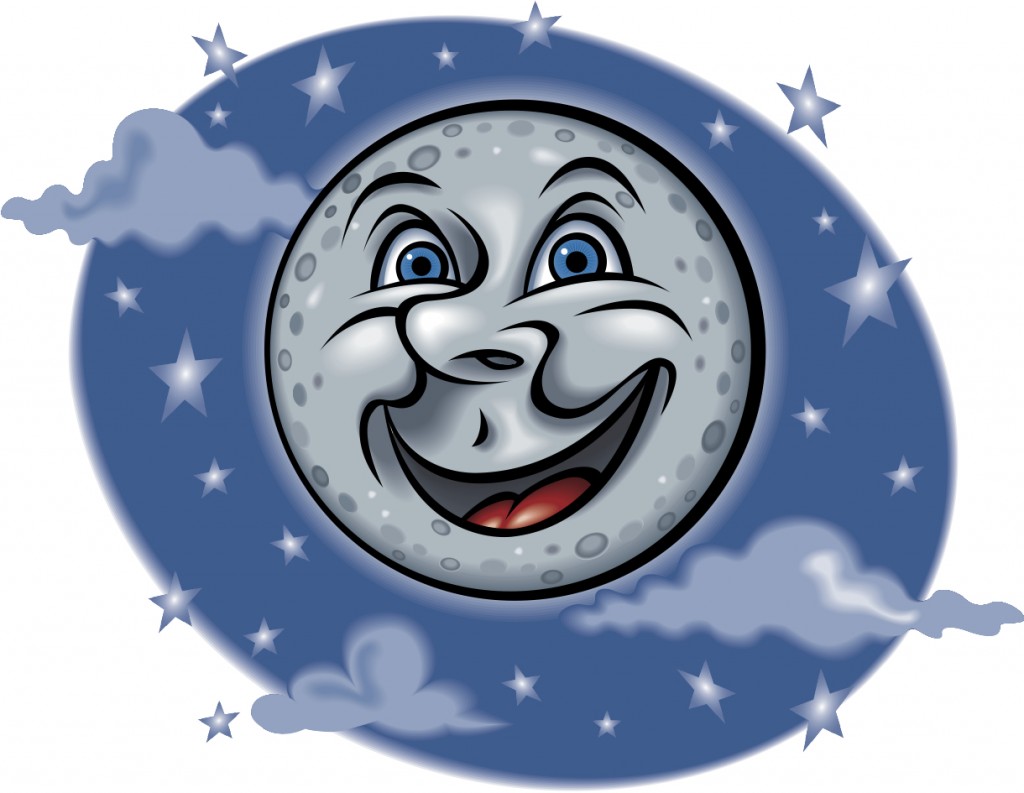Your Night Sky for Sept. 18, 2019

Pegasus, the Flying Horse
Since the last quarter moon is on the 21st, we have great night sky viewing now as long as the weather behaves. Also, autumn begins on the 23rd. I’m looking forward to cooler days and longer nights. Jupiter and Saturn are still visible in the evening sky.
When you look in the SSW, the brightest object you’ll see is Jupiter. It is dropping a little lower in the sky, and sets earlier. Saturn is still just above the upper left of the Teapot asterism. Saturn stays out 2 hours longer than Jupiter, and is tipped enough to give us good views of its rings.
A good constellation to view now is Pegasus, the Flying Horse. It’s just east and slightly below Cassiopeia with the Andromeda galaxy between them. The story is that Pegasus rode this flying horse to save Andromeda from Cetus the Sea Monster. To find it, look in the NE for the Milky Way, then look to the right towards the east.
Imagine Pegasus flying upside down from our view, because that’s how it appears. Look for the big square shape of semi-bright stars as a diagonal with stars on the top, bottom, right and left. This is his body. His front legs are to the right of the top star, and his head comes off the right star. His legs come off the left star that actually forms the Andromeda constellation with the galaxy just above the middle of it.
The four stars that make up the Great Square are interesting to look at. The left star is Alpheratz which is Andromeda’s head. The top middle star is Scheat, the right star is Markab and the lower center star is Algenib. These names are Arabic to illustrate different parts of the horse. Scheat means shoulder or upper arm, Markab means saddle, and Algenib means the side or the wing.
These stars are different colors and distances from us. Alpheratz is blue-white and is 97 Ly from us, Scheat is red and 196 Ly, Markab is bluish-white and 133 Ly, and Algerib is deep LY away. It’s always amazing how stars so far apart can form a constellation, but when they’re so bright it can easily happen. This is an easy constellation for find in the ENE.
There are very few naked eye stars in the center of this large constellation, making it very easy for us to identify. It contains a total of 15 stars making the upper and right body parts that I told you about. He’s one of the largest constellations in our sky. When you look at him, remember that he’s upside down and his back legs on the left are the Andromeda constellation.



